NASA gives Earth the all-clear for the next century, removing a particularly menacing asteroid, Apophis, from its “risk list”.
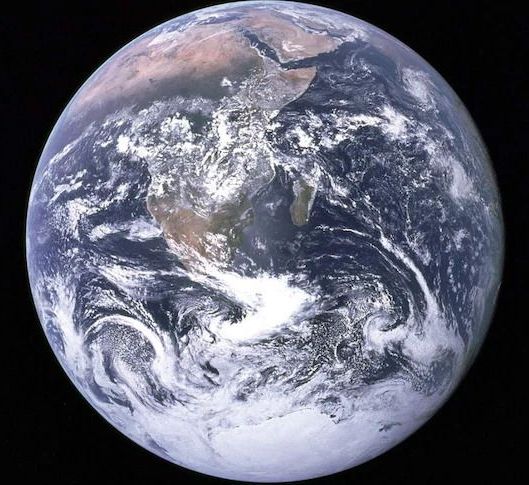

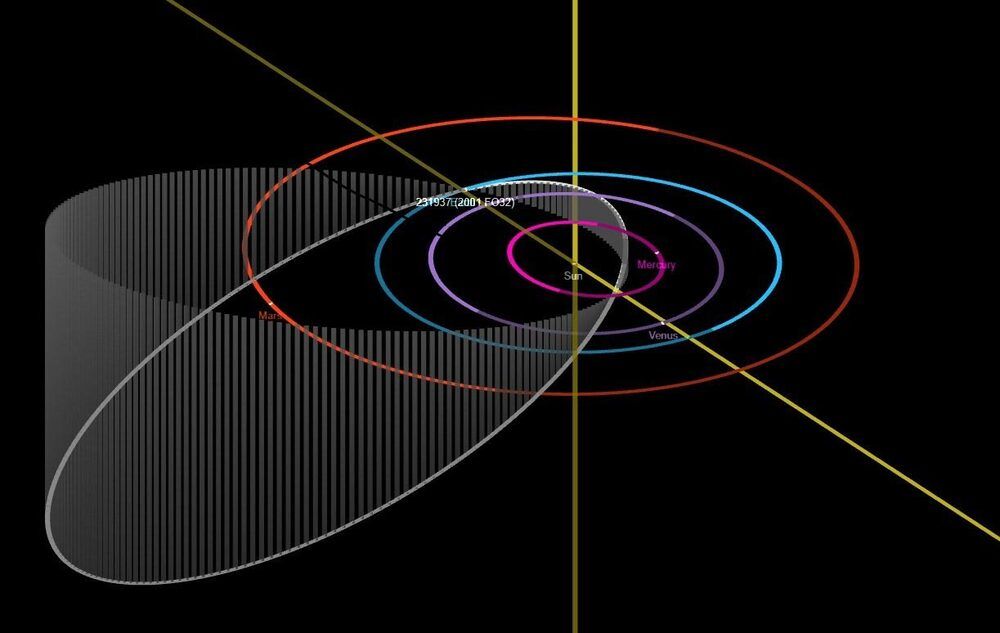
The interplanetary interloper won’t come closer than 1.25 million miles to Earth, but it will present a valuable scientific opportunity for astronomers.
The largest asteroid predicted to pass by our planet in 2021 will be at its closest on March 21, providing astronomers a rare opportunity to get a good look at a rocky relic that formed at the dawn of our solar system.
Called 2001 FO32, the near-Earth asteroid will make its closest approach at a distance of about 1.25 million miles (2 million kilometers) – or 5 1/4 times the distance from Earth to the Moon. There is no threat of a collision with our planet now or for centuries to come.
Earth is destined for disaster. This is a good insurance policy.
In 2013, a cataclysmic meteor the size of a six-story building broke apart above Chelyabinsk, Russia, and the resulting blast was stronger than a nuclear explosion. In 2068, astronomers believe a potentially hazardous “God of Chaos” asteroid could slam into Earth. Both events suggest humans—and every other animal and plant on Earth—are much more susceptible to total annihilation than we think.
That’s why scientists at the University of Arizona are proposing a far-out concept that just might save us all: a 21st-century version of Noah’s Ark … on the moon.
This ark wouldn’t contain two of every animal, but rather, a repository of cryogenically frozen reproductive cells from 6.7 million species on our planet.

Near-Earth Asteroid 99942 Apophis will be visible on Sunday. Some say it could ultimately destroy satellites and spaceships. The creators of the Unistellar eVscope telescope are trying to marshal our defense.

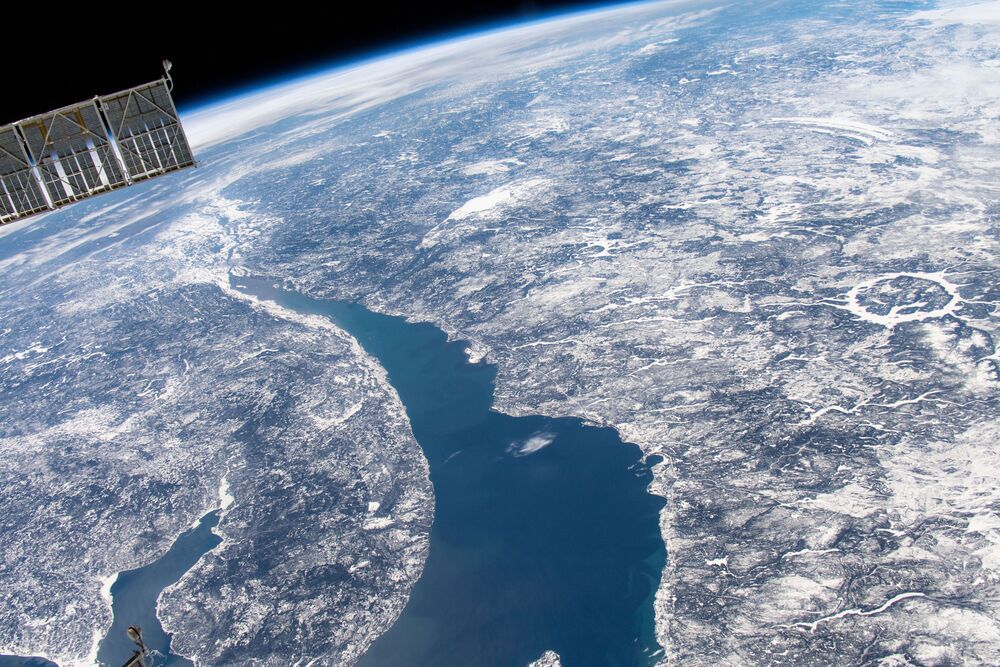
Each day this week, we will be providing updates on a fictional impact scenario playing out at the International Planetary Science Conference in College Park, Maryland. This scenario is designed to help key decision makers practice for a real asteroid impact. Currently, there is no known asteroid with a significant probability of impacting Earth in the next century. Day 5: What Was This Exercise All About? This week at the 2019 Planetary Defense Conference, conference participants were tasked with responding to a hypothetical asteroid impact scenario in which they have eight years to stop an asteroid on a collision course with Earth. Every day, the audience heard updates — at one point, they weren’t sure whether the 140–260-meter-wide (500−850 feet) asteroid was actually going to hit Earth. Once they found out it was on a certain collision, NASA and space agencies around the world decided to send a fleet of kinetic impactors to deflect the asteroid. The kinetic impactors hit the asteroid…but ended up splitting off a chunk, which, on Day 4 (four years from impact), again was headed towards Earth.
While headlines routinely report on “close shaves” and “near-misses” when near-Earth objects (NEOs) such as asteroids or comets pass relatively close to Earth, the real work of preparing for the possibility of a NEO impact with Earth goes on mostly out of the public eye.
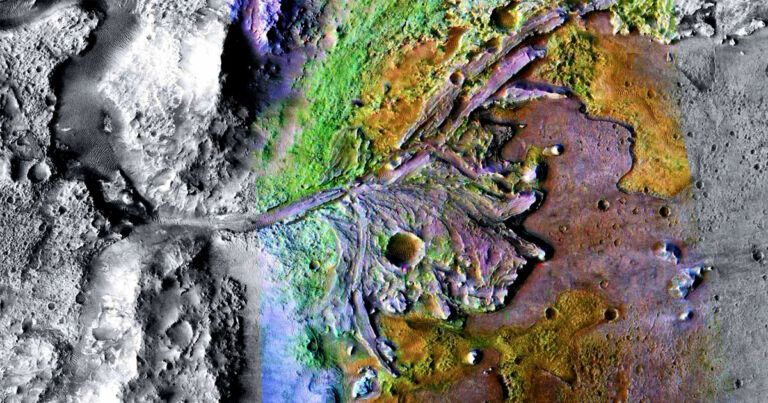
A new study is flipping the script on the effects of massive meteor impacts. While an ancient impact is commonly to the extinction event that killed the dinosaurs, scientists are now starting to suspect that an earlier impact could have jumpstarted life on Earth in the first place.
Scientists have long suggested that meteorites carried the ingredients necessary for life to Earth, but new research suggests that meteor impacts also created the ideal conditions for life to emerge as well, The Weather Network reports. Because of that, the scientists suggest that space agencies ought to pay special attention to similar craters when hunting for life on the Moon, Mars, or beyond.
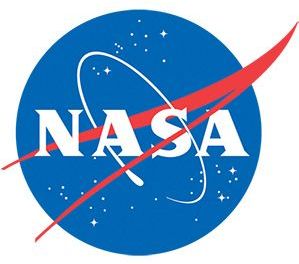
DART is a planetary defense-driven test of technologies for preventing an impact of Earth by a hazardous asteroid. DART will be the first demonstration of the kinetic impactor technique to change the motion of an asteroid in space. The DART mission is in Phase C, led by APL and managed under NASA’s Solar System Exploration Program at Marshall Space Flight Center for NASA’s Planetary Defense Coordination Office and the Science Mission Directorate’s Planetary Science Division at NASA Headquarters in Washington, DC.
NASA brings you images, videos and features from the unique perspective of America’s space agency. Get updates on missions, watch NASA TV, read blogs, view the latest discoveries, and more.
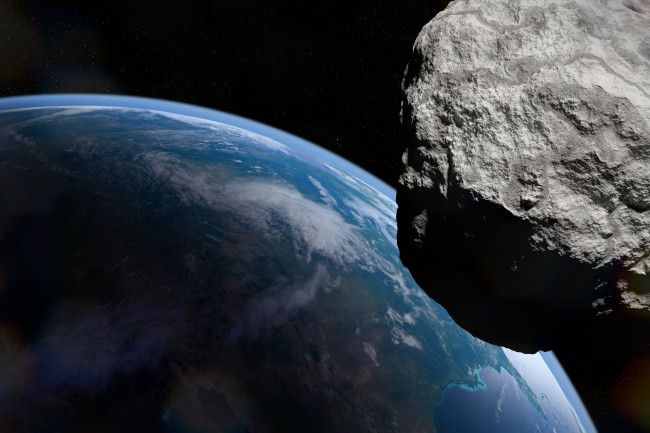
So we’ve had close calls before, huh?
In the early morning of June 30, 1908, a massive explosion flattened entire forests in a remote region of Eastern Siberia along the Tunguska River. Curiously, the explosion left no crater, creating a mystery that has puzzled scientists ever since — what could have caused such a huge blast without leaving any remnants of itself?
Now Daniil Khrennikov at the Siberian Federal University in Russia and colleagues have published a new model of the incident that may finally resolve the mystery. Khrennikov and co say the explosion was caused by an asteroid that grazed the Earth, entering the atmosphere at a shallow angle and then passing out again into space.
“We argue that the Tunguska event was caused by an iron asteroid body, which passed through the Earth’s atmosphere and continued to the near-solar orbit,” they say. If they are correct, the theory suggests Earth escaped an even larger disaster by a hair’s breadth.